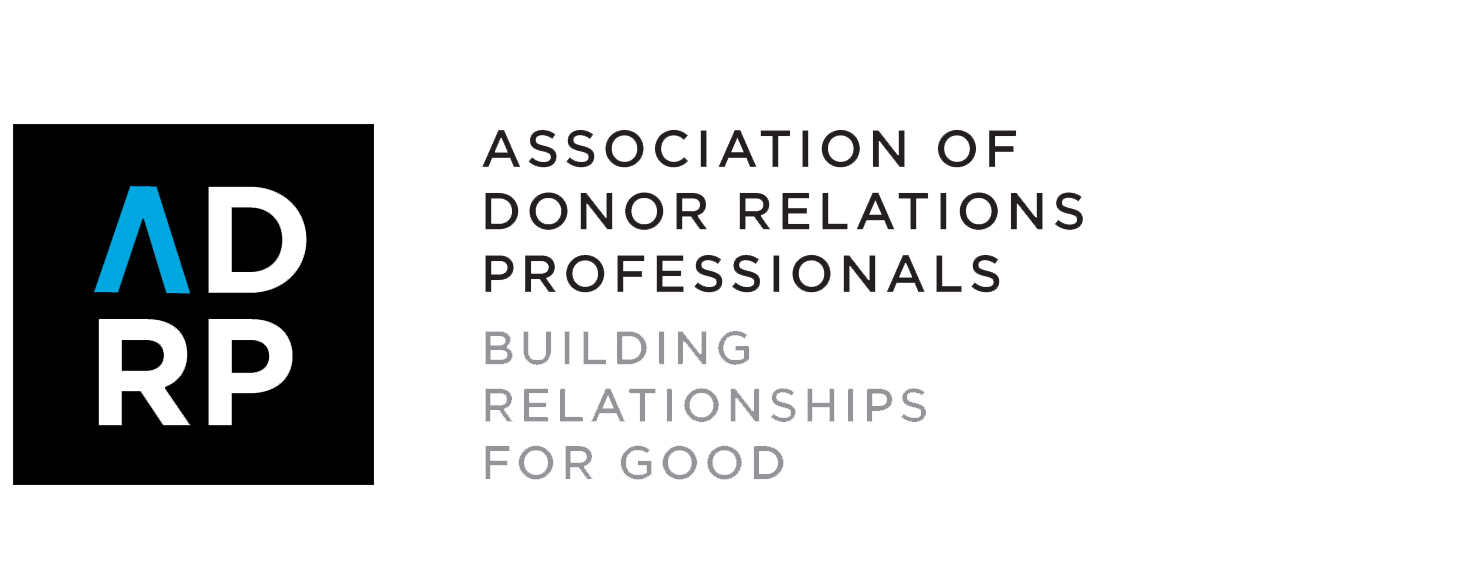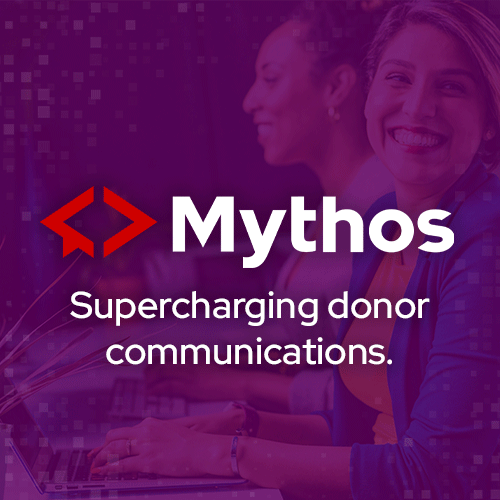Hackensack Meridian Health Foundation
Background Info:
1. Can you tell us about your career trajectory? How did you come into donor relations as a career?
Once upon a time, I was an archaeologist. I had a blast digging in the dirt, and studying all things forgotten. But after a while, I decided to hang up my trowel and do something a bit more “practical” with my life. I worked as a legal assistant, and then as a clerk for a federal judge. I almost went to law school. Almost. I had what I now like to think of as a quarter-life crisis—and abruptly quit that path. I took some time to read all the great books on finding your purpose, like “What Color is Your Parachute?” and “Who Moved My Cheese?” I had a lot of friends in nonprofit organizations, and they seemed happy. So, enter career #3. It was kind of dumb luck that I landed a job as a development assistant at a tiny five-person nonprofit in Los Angeles. I was processing gifts, writing thank you letters, and reporting on finances, and I LOVED it.
Then, life got in the way: I found myself moving from West to East—adding a then tiny, now giant, addition to my family—and when I rejoined the workforce, I knew donor relations was where I wanted to be. I joined the donor relations team at Rutgers University Foundation, focusing on gift agreements and reporting. I learned all the ins and outs of a comprehensive donor relations program, which set me up very well for success in building a new program at RWJ University Hospital Foundation. I’m still in healthcare donor relations, now with Hackensack Meridian Health. I am privileged to lead an amazing team that makes me laugh every day (and tolerates way too many dog stories and kid photos).
2. What influenced your interest in and passion for donor relations?
It took me some time to find my passion. I know now that I had to take those steps to get me here, and I use those skills from my previous experiences pretty much every day: writing, communication, research, analysis, storytelling, diplomacy, all of it. So why did donor relations stick? Because there is no better feeling than making someone else feel good about what they’ve done - and I get to do that every single day.
3. What lessons, words of advice/inspiration would you like to pass on to other donor relations professionals?
The best piece of advice I ever received was from a former manager. She told me about the “you idiot” test. If you’re writing an email response to someone, and at the end, the tone is such that you could easily write, “you idiot,” it’s time to step back, pause, and take a breath. Revisit the text, and re-craft a more diplomatic, calm response. Everyone gets upset with coworkers from time to time. The “you idiot” test forces you to take that moment and not type something you might later regret.
4. Can you talk about a specific donor engagement or stewardship activity that makes you feel like you are providing the best experience for donors and/or aid recipients?
The story that comes to mind involves a very philanthropic couple who lost their adult son to a drug overdose. They made an incredible gift in support of behavioral health and substance abuse, and the gift officer wanted to do something to really recognize them in a thoughtful, meaningful way. We learned their son was an avid surfer, and our health system has an oceanic theme in all the hospital names. I found myself on the phone with a surf shop in California known for making custom California redwood surfboard art. When I explained what we hoped to do, the shop owner became emotional, and later told me this was one of the most meaningful projects he’s ever done. A few months later, we invited the donors to unveil their recognition at the hospital. We pulled back the curtain to reveal a hand-carved redwood surfboard with a tribute to their son inscribed across the surface. It detailed his life and his love of surfing, and that his parents hoped their gift would honor his memory and help other families avoid such a tragedy. It was pretty amazing to witness the donors’ reactions, and those of all in attendance; it was a perfect moment, and I’m honored to have played a part in it.
Connection to ADRP:
1. When did you become an ADRP member?
2010
2. Why is ADRP membership important to you?
It’s the community. There are so many wonderful people in this field and ADRP brings us all together to learn and laugh. I have gained so much knowledge and experience from ADRP resources and from colleagues.
3. ADRP is universally recognized as the authority on donor engagement for the philanthropy profession. In your own words, how does ADRP serve you in the form of professional development?
When I first joined ADRP, I was still very green in the field. I attended my first ADRP conference in either 2010 or 2011, and I came away with SO much. And I keep coming back, as an attendee and a presenter. While I tend to gravitate towards “live” experiences, I also get a lot out of MyADRP. It’s fascinating to see the connections we can make across disciplines. We can learn a lot from each other, and that exchange is the piece of ADRP professional development I value most.

